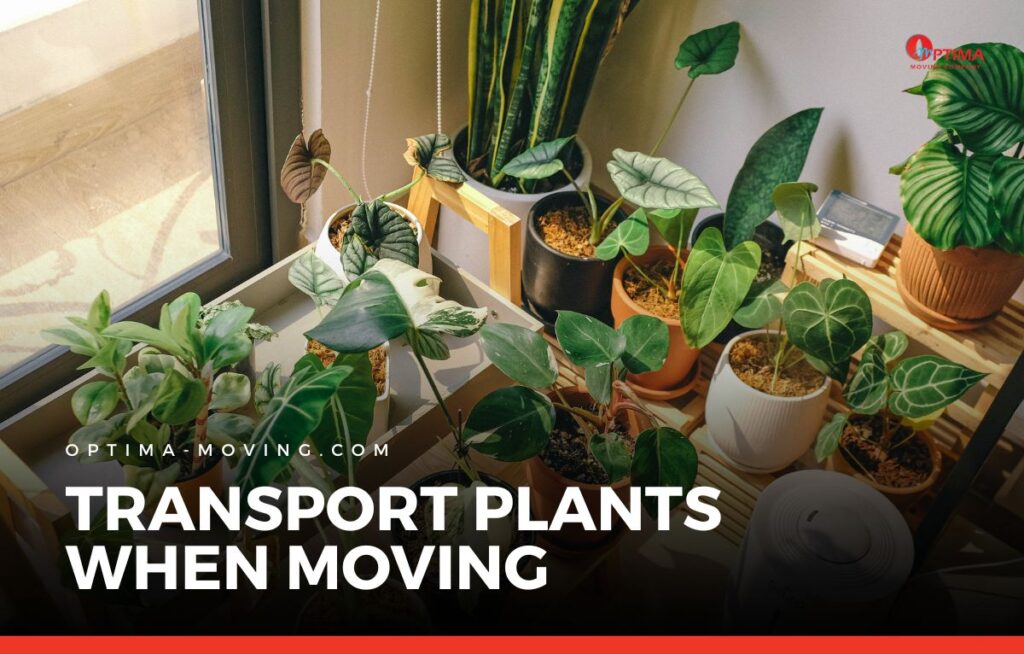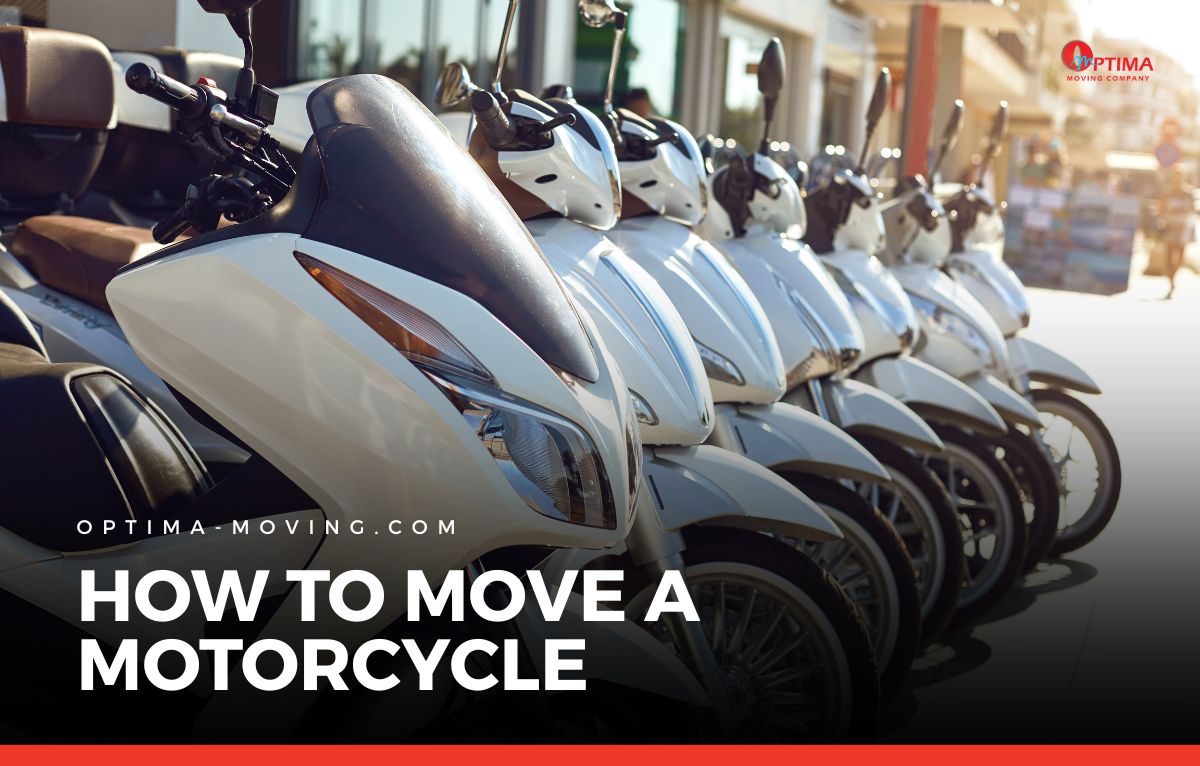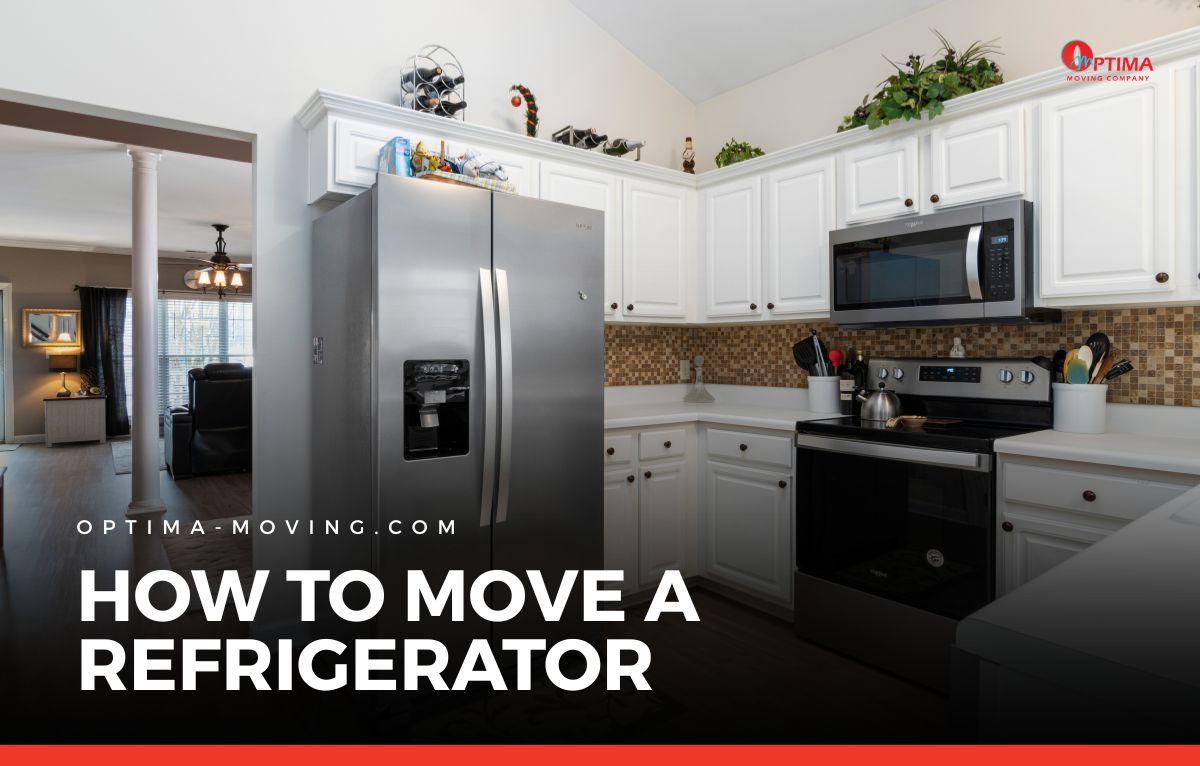Bringing plants to a new home is a little different from moving furniture or clothing. They’re living things that need light, water, and stable temperatures to survive the journey.
If you’ve invested time and care into your greenery, learning how to transport plants when moving long distance will help them arrive healthy and thriving.
With the right preparation, you can protect your plants from damage and stress during travel.
Check the Rules Before You Pack
Before deciding how to move your plants, research the regulations for your destination.
Some states have agricultural restrictions that limit or prohibit bringing in certain species to prevent the spread of pests and diseases.
For example, California, Florida, and Arizona have strict rules on soil and plant types.
If you’re crossing state lines, check each state’s Department of Agriculture website for updated guidelines. For international moves, contact customs for specific import requirements.
This step ensures you won’t face confiscation or fines after a long trip. Keep a printed or digital copy of these rules with your moving documents so you can reference them quickly if asked during inspections.
Assessing and Preparing Your Plants
Not all plants handle long-distance moves well. Large trees, delicate orchids, or plants in heavy ceramic pots may be too fragile or costly to move.
Before you pack, decide which plants are worth transporting and which you might gift, sell, or donate.
Start preparation about a week before moving day:
- Prune dead leaves or branches so plants are lighter and less prone to damage.
- Treat for pests with an appropriate, plant-safe method.
- Water two days before moving so soil is moist but not soggy.
If plants are in heavy pots, switch them to lightweight, shatterproof containers. Wrap pots with newspaper or cloth to prevent chips.
For sprawling plants, gently tie stems together to prevent tangling. Label pots with plant names and care instructions so you can prioritize which ones to unpack first.
Packing and Transporting Plants Safely
Plants are sensitive to temperature extremes and movement, so your packing method matters. Use open boxes for airflow, cushioning pots with paper or towels to prevent shifting.
For taller plants, wrap stems loosely with soft ties or garden tape. Cover foliage lightly with a breathable cloth to prevent drying out.
If moving in your personal vehicle, keep plants out of direct airflow from vents. On multi-day trips, bring them indoors at night to avoid extreme temperatures.
If you must use a moving truck, confirm the company’s policy—many won’t accept plants due to pest and temperature concerns. In those cases, consider a specialty plant courier.
For trips longer than a few days, plan rest stops where you can check your plants. Even a quick adjustment to their position or loosening ties can make a difference in their condition at the end of the move.
If you expect your vehicle to heat up in the sun, keep a reflective windshield shade or lightweight tarp on hand to shield plants when parked.
Caring for Plants During the Trip
During a long-distance move, check plants daily. Adjust their position for light and ensure they remain upright.
Water sparingly if soil feels dry, but avoid overwatering, as excess moisture can cause root damage.
Here’s a quick travel care checklist:
- Keep a small spray bottle for refreshing leaves.
- Use a light cloth to protect plants from harsh midday sun during stops.
- Wipe dust from leaves to keep them healthy.
- Wrap boxes with an insulating blanket if traveling in cold weather.
Small efforts like these reduce plant stress and improve their chances of arriving in good condition.
Helping Plants Adjust After the Move
Once at your new home, unpack plants immediately and place them in spots with light similar to what they had before. Avoid repotting right away—give them a week or two to adjust.
Check for stress signs such as yellowing leaves or drooping stems. Resume your normal watering schedule and, if needed, use diluted fertilizer to aid recovery.
If your plants seem sluggish, consider using humidity trays or placing them in groups to create a microclimate until they bounce back.
For sensitive species, you may even want to use a grow light temporarily to supplement natural light until they adapt to their new space.
After a long trip, a few plants may need extra attention. Be patient and remember that environmental changes can take time to balance out.
Common Mistakes to Avoid
Many plant owners unknowingly make errors during the preparation stage that can harm their greenery on a long move.
Packing plants in sealed plastic for extended periods traps heat and moisture, which can lead to rot.
Skipping the step of checking state or country restrictions can also cause issues, with certain plants being confiscated at borders.
Overwatering right before departure is another risk, as excess moisture can damage roots during travel.
Transport-related mistakes can be just as harmful.
Leaving plants in a vehicle overnight exposes them to extreme temperatures that may shock or kill them, while rough handling during loading or unloading can break stems or crack pots.
Paying attention to these details and avoiding such missteps greatly improves the chances that your plants will survive the trip healthy and intact.
Bringing It All Together
Mastering how to transport plants when moving long distance comes down to planning, careful packing, and attention during the journey.
By checking regulations, preparing plants properly, using the right transport method, and easing them into their new environment, you can keep them healthy and thriving.
Even a small investment of time in plant care before and during the move can mean years of continued growth and enjoyment in your new home.
If you’re moving in Maryland or nearby, Optima Moving can handle the rest of your move so you can focus on caring for your plants.




